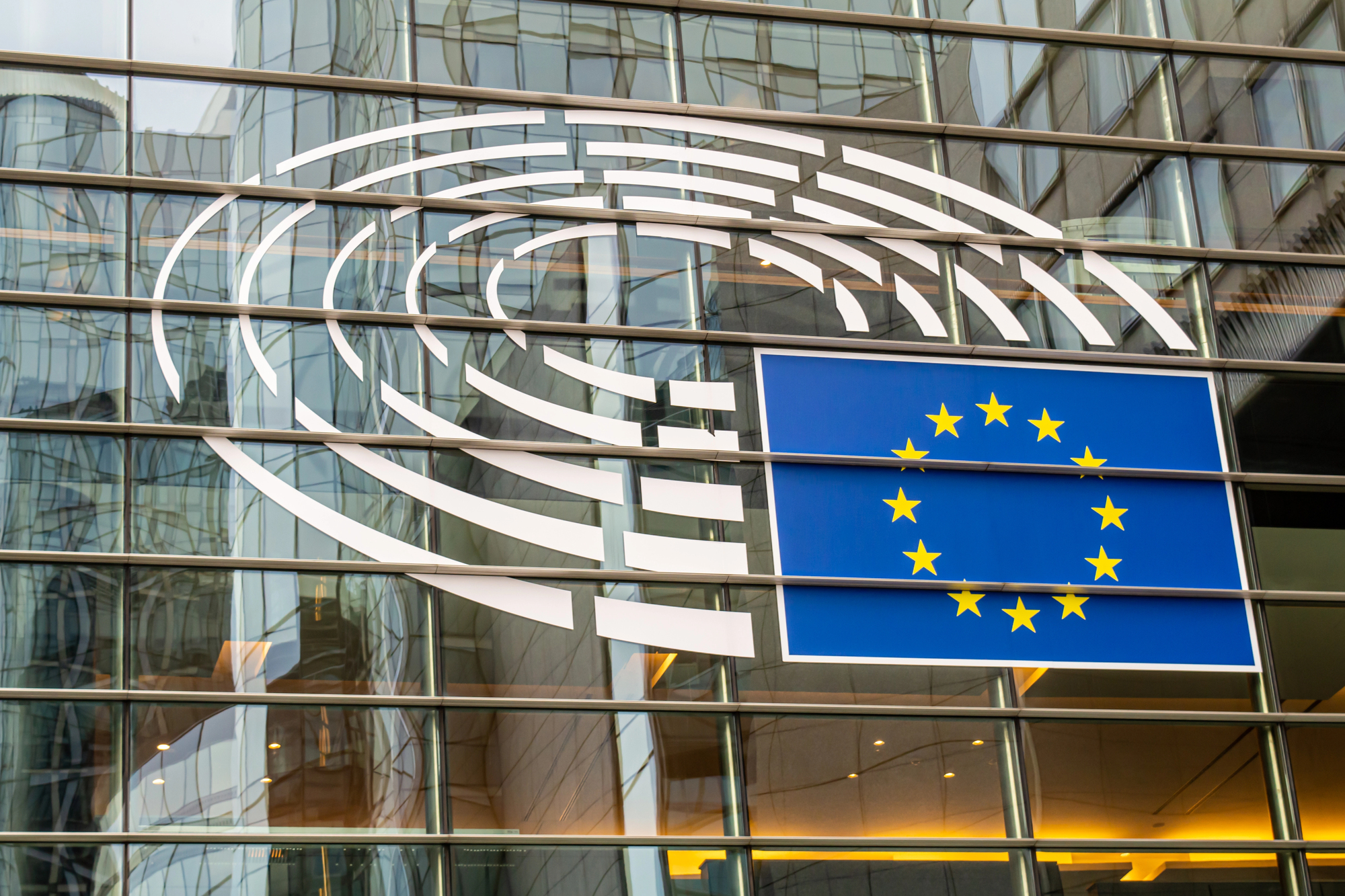The availability of such information provides opportunities for further analysis and better management decisions in every area of life (health, finance, etc.). Particular attention is paid to the opportunities that arise in the field of transport and infrastructure, which are based on the use of open data and create numerous options for the introduction of new business and services.
Back in 2013, McKinsey estimated the potential of disclosing transport data at USD 720-920 billion a year. At the same time, the European Commission considers open transport data to be one of the most promising for multiple uses, offering more than 14,000 different datasets in this field. More and more data is now being collected by the world’s leading technology companies (Google, Facebook, Uber, etc.), which creates additional enormous opportunities for public and private sector interaction to improve public services.
But disclosing such data is only the first step! Information should be effectively used to make decisions so as not to create false transparency (zombie transparency – a situation where open data is left unused due to improper format or is incomplete/obsolete). At the same time, public institutions traditionally have problems with the analysis of such data (among the reasons are low technical skills, outdated infrastructure, bureaucracy, etc.), which requires effective interaction with other stakeholders in this field. There are enough examples of effective interaction in this direction. For example, the World Bank Group offers anonymized data from companies such as Uber, Waze, WhereIsMyTransport, and Mobike for domestic transportation projects. Another example of the interaction between government and business is the collaboration of the Washington Department of Transportation with Uber (analyzing anonymized company data in the city and increasing traffic when repairing Washington metro lines) or setting up a Cincinnati Mobility Lab.
So, the question is, how can open transport data really be used to work more effectively in Ukraine?
Analysis of open technology companies’ data and opportunities for collaboration
Data from car-sharing, bike-sharing, and scooter companies
Uber and its Uber Movement initiative provide access to more than 2 billion of its own anonymized trips (as of January 2017). Information is available on 41 cities of the world, including Kyiv. Currently, only one “Speeds” product has been available for Kyiv (the company offers “Travel Time”s and tests “New Mobility“ in other cities), which allows analyzing speed in the city based on different requests.
A recent analysis of Kyiv’s Uber Movement data was made by the “Lun” company analysts, who considered not only speeding on Kyiv roads but also concluded the relationship between speeding and the number of fatal accidents on city roads.
Disclosing data of bicycle rental is a common practice in the US (for example, Citi Bike in New York, Capital Rideshare in Washington, or Divvy in Chicago). This information is being actively used by members of such online communities as Kaggle. However, Ukrainian companies (such as nextbike) do not provide access to their own anonymized data.
How can the disclosure and analysis of such data improve urban transport infrastructure? As an example, a detailed analysis of the use of Lime bicycles in the Boston metropolitan area by the Metropolitan Area Planning Council (MAPC) can be used. This analysis helps to promote more actively the idea of building bicycle infrastructure. A similar approach could be applied in Ukrainian cities, where very often the development of bicycle infrastructure is promoted mainly by local enthusiasts (for example, only 11km of bike lanes were added in Kyiv in 2018), who, as well, collect the necessary data.
Another reality of traffic, not only in the West but also in Ukraine, is the development of electric scooters, which have very rapidly increased their activity on the roads. In the US these startups continue their aggressive expansion on the streets, changing the structure of traffic and the rules of the game. In doing so, some companies provide access to their own data, which creates opportunities for analyzing information in this area. For example, real-time scooter location information may be available in some U.S. cities. In Ukraine, similar companies have not yet given access to their data.
Analysis of open road accident data
Another example of working with open data to improve traffic safety may be analytics related to the number of accidents on Ukrainian roads. The situation on the roads is disappointing at the moment. According to the Patrol Police of Ukraine, as of September 25, 2019, more than 100,000 road accidents have occurred in Ukraine, killing more than 1.9 thousand people. Detailed data on road collisions is not available in the public domain and it is unknown. The patrol police of Ukraine provides summarized information on areas and individual sections of roads. But this information allows us to make only basic conclusions about changes in the situation over time. The dissemination of much more detailed information on road accidents (especially geolocation) in open access would help to make much more interesting analysis and make life-saving decisions based on it.
In many developed countries and cities, this information is publicly available. Examples of New York, Washington, Chicago, and other US cities, as well as EU countries show that local authorities are interested in disclosing such data that can be analyzed by city transportation experts, police, scientists, journalists and conscious citizens to make a positive impact on safety movement. The availability of products containing databases and interactive road maps to track traffic collisions would help local authorities plan the space to address the causes of such accidents and allow drivers to avoid or at least be more alert to hazardous areas. An example of such an analytical product is the visualization of open traffic collision data in Edinburgh (United Kingdom). It allows you to analyze accidents on different parameters – such as time, number of casualties, speed, etc. Similar products exist in London, New York, and other cities. They are developed by both private companies for their own promotions (like in Chicago) and well-known universities in the field of research (e.g. UC Berkeley). Unfortunately, such products are not currently openly available to Ukrainian citizens.
Open data on parking and traffic laws violations
Another source of interesting data may be city parking data and fines for improper parking. A significant step in this direction is the introduction of the ProZorro system, which provides an opportunity to purchase the right to operate a parking lot for vehicles. In Ukraine, the issue of the volume of parking revenues and their distribution is a lively debate. Recently the Kyiv city council declared the need to revise the current tariffs and also announced another crusade against violators of parking rules.
Some information about parking places and fines in Kyiv is available online. However, this information is too basic and insufficient for any serious analysis. Much more interesting information can be disclosed to ensure transparency and more efficient use of resources. For example, in Washington, DC local government publishes data on parking meters and parking places in a convenient format. Combining this data with information about parking violations reveals problematic infrastructure issues. Well-known online media ProRepublica published a dataset containing over 28 million fines for improper parking and traffic violations recorded by surveillance cameras in Chicago from 1996 to 2018. At the same time, journalists inquired who and how uses these data. The data turned out to be used for a variety of analyses, such as identifying the locations with most violations, the behavior of Chicago police officers, or the impact of fines on low-income residents.
Conclusions and recommendations:
In this article, we have explored the possibilities of using open data in the field of transport. Sharing services (such as Uber, bicycle and scooter rental) not only raise traffic in cities. They generate a lot of data that can be used to implement transportation solutions that increase safety and comfort.
Improvement of the situation in the transport sector as a whole is possible by:
- Publishing timely and complete information in a machine-readable format (not by formal opening of new types of up-to-date data by the authorities).
- Disclosing the transport data of private companies (providing transport services in different formats) or using this anonymized information to develop relevant decisions by the authorities.
- Establishment of convenient state-owned services for internal and public use, attracting private sector technical resources and international donor resources. Such analytical tools increase the efficiency of government agencies (such as the police) and the level of public awareness.
- Consolidation of technical expertise of transport professionals (private companies, academics, civil society representatives, international organizations, etc.) who have the analytical skills and experience to harness this potential and further develop long-term solutions.
The state can be a leader in disclosing its own data and setting legal rules for disclosing it and protecting privacy. For example, the Ukrainian government is continuing to develop e-services, setting priorities for this year and developing new recommendations for the release of open data sets. At the same time, implementation of such decisions will be impossible without effective interaction with other parties with sufficient expertise and/or resources. Quite simple new services based on open data can both improve the work of public institutions and generally increase the level of public confidence in the state.
Disclaimer: The results, interpretations, and conclusions expressed in the text of this article are those of the authors and do not necessarily reflect the views of the World Bank Group, its Board of Directors, or the governments they represent. Some of the links in this article will redirect you to third-party managed websites. Neither the World Bank Group nor the authors of this article have read the entire information on these websites or the clarity and reliability of any information, data, opinions, advice or statements on these websites. The World Bank Group does not endorse these sites, their views or any products they may offer. These links to third-party websites are offered to stimulate discussion and thought on topics related to international development and poverty. All content in this article was created for personal, non-commercial use by readers.
Attention
The authors do not work for, consult to, own shares in or receive funding from any company or organization that would benefit from this article, and have no relevant affiliations




